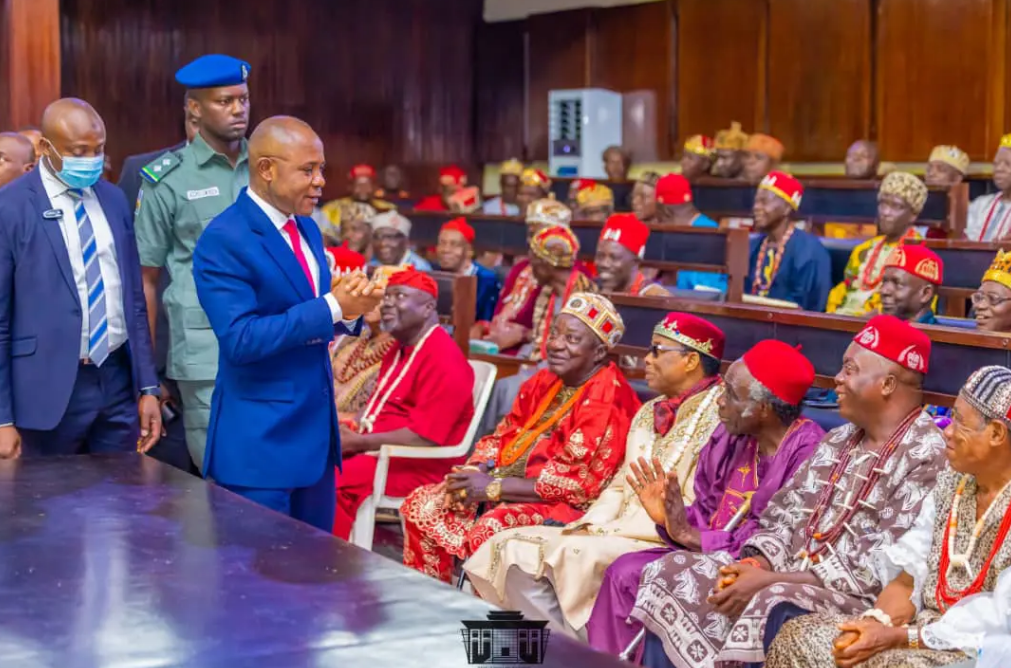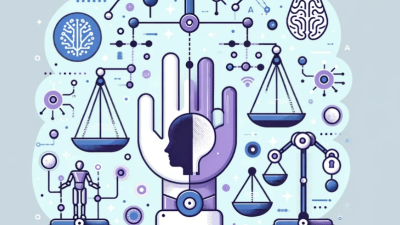Communities aren’t merely collections of people occupying the same physical or digital space. The most resilient and vibrant communities share something deeper—a collective identity forged through shared experiences that transcend ordinary interactions. Rituals and traditions stand as perhaps the most powerful tools for crafting this communal sense of self.
Consider the neighborhood where I grew up. For thirty years, families gathered on the first Saturday of summer for an elaborate potluck picnic. Children who once played tag beneath oak trees eventually returned with their own children. The event evolved, certainly—gaining a talent show in the ’90s and losing the three-legged race somewhere in the 2000s—but its essence remained unchanged. This continuity provided more than entertainment; it created a through-line connecting generations and newcomers to something larger than themselves.
Beyond Mere Activities
Rituals differ fundamentally from routine activities. While both involve repetition, rituals carry symbolic weight ordinary interactions lack. They transform practical actions into carriers of meaning. When community members engage in rituals together, they participate in something that transcends the physical actions themselves.
“Rituals are the symbolic affirmation of values by means of culturally standardized utterances and actions,” explains anthropologist Victor Turner in his landmark work on ritual and community formation. This distinction explains why seemingly similar activities can produce dramatically different outcomes—one building profound connection while another registers as merely perfunctory.
The distinction becomes clear when comparing two community meetings I recently attended. Both followed identical formats, yet the atmosphere differed dramatically. The first began with members sharing personal stories connecting them to the group’s mission. The second jumped directly into agenda items. Though covering similar content, the first meeting generated noticeably stronger engagement and collective identity. The ritual sharing created a container for something more meaningful than information exchange.
Tradition as Temporal Anchor
Where rituals create depth, traditions provide breadth—extending community identity across time. Traditions connect current members with both past and future participants, creating a sense of continuity that transcends individual involvement.
This temporal dimension explains why disruptions to long-standing traditions often provoke surprisingly passionate responses. When a local festival dating back generations faced cancellation due to budget constraints, community members who rarely attended suddenly became vocal advocates. Their reaction wasn’t about the specific activities but about preserving their connection to a communal timeline extending beyond their personal experience.
Research from the Center for Healthy Communities demonstrates that communities maintaining strong traditions show greater resilience during crises and transitions. This resilience stems partly from traditions providing stability amid change—familiar touchpoints offering reassurance during uncertain times.
The Architecture of Belonging
Rituals and traditions create what sociologists call “architecture of belonging”—structures that support emotional connection to community. This architecture includes three essential elements: shared experiences, symbolic meaning, and authentic participation.
Shared experiences generate what Émile Durkheim termed “collective effervescence”—heightened emotional states emerging from group activities. These experiences create emotional memories that bind participants together long after the event concludes. The annual community service day featured on our BuildBonding community calendar exemplifies this phenomenon—participants consistently report feeling more connected to neighbors after working alongside them toward shared goals.
Symbolic meaning transforms ordinary actions into carriers of community values and identity. The specific activities matter less than what they represent. When new members join our neighborhood association, they receive a small tree sapling to plant—a simple act loaded with symbolism about putting down roots and contributing to future growth.
Authentic participation distinguishes meaningful rituals from empty performances. When community members help shape traditions rather than merely observe them, investment deepens substantially. The most successful community rituals balance consistency with room for personal contribution, allowing members to simultaneously inherit and help create community identity.
Creating New Traditions
While ancient traditions carry unique power, emerging communities can deliberately create meaningful rituals that serve similar functions. Effective new traditions typically share several characteristics:
They connect to authentic community values rather than imposing artificial practices.
They start small and evolve organically rather than arriving fully formed.
They incorporate elements allowing for personal expression within communal structure.
They acknowledge existing cultural contexts while creating something distinctive.
They balance accessibility with special significance—being neither completely routine nor entirely extraordinary.
A technology company I consulted with struggled with integration following rapid growth. After several failed team-building attempts, they instituted a simple tradition: each Friday, team members shared brief stories about challenges they’d overcome during the week. This practice evolved naturally, eventually incorporating symbolic elements like passing a small token representing wisdom gained through struggle. What began as a communication exercise gradually transformed into a meaningful ritual reinforcing resilience as a core value.
The Digital Challenge
Digital communities face particular challenges in establishing meaningful rituals and traditions. Without shared physical space, they must create alternative containers for collective experience. Yet successful online communities have developed innovative approaches:
Annual virtual gatherings marking community milestones. Established welcome sequences that formally initiate new members. Digital artifacts commemorating significant community achievements. Regular rhythms of interaction that members anticipate and value. Symbolic language and customs unique to the community.
These digital traditions serve identical functions to their physical counterparts—creating shared experiences, conveying symbolic meaning, and facilitating authentic participation.
Beyond Nostalgia
Effective community rituals and traditions remain vibrant rather than merely nostalgic. They connect meaningfully to present circumstances while honoring continuity. When traditions become rigid performances disconnected from current community needs, they lose their power to build identity.
The most resilient communities regularly reflect on their traditions, asking not merely “How have we always done this?” but “What meaning does this carry now?” This reflection allows traditions to evolve while maintaining their essential character—bending without breaking across changing circumstances.
Communities facing significant disruption often benefit from ritual innovation—creating new traditions that acknowledge changed reality while preserving core identity. When a historic neighborhood faced redevelopment displacing many residents, community leaders developed a “neighborhood memory” tradition where former and current residents gathered annually to share stories and celebrate continuing connections despite physical separation.
The Personal in the Communal
Perhaps most powerfully, community rituals and traditions create space for individuals to locate their personal stories within a larger narrative. They answer fundamental human questions: Who are we? Where do we come from? Where are we going? What matters to us?
When we participate in community traditions, we simultaneously express individual identity and transcend it—becoming part of something larger without surrendering personal significance. This paradoxical experience satisfies dual human needs: belonging and distinctiveness.
Communities struggling with cohesion often lack this ritual dimension—focusing exclusively on practical functions while neglecting symbolic meaning. Yet communities that cultivate meaningful rituals and traditions discover something profound: practical functions actually improve when wrapped within shared symbolic meaning.
In a world increasingly characterized by transience and digital mediation, intentional creation of meaningful community rituals and traditions may be more important than ever—not as nostalgic retreat but as essential architecture for sustainable human connection.





